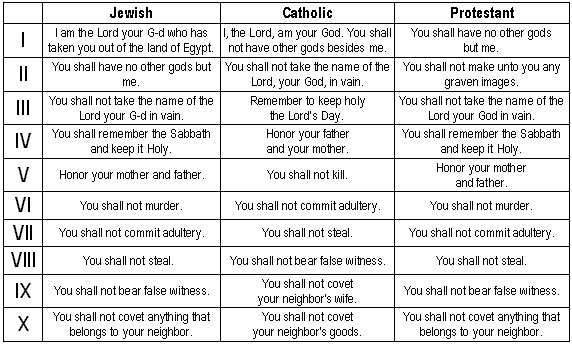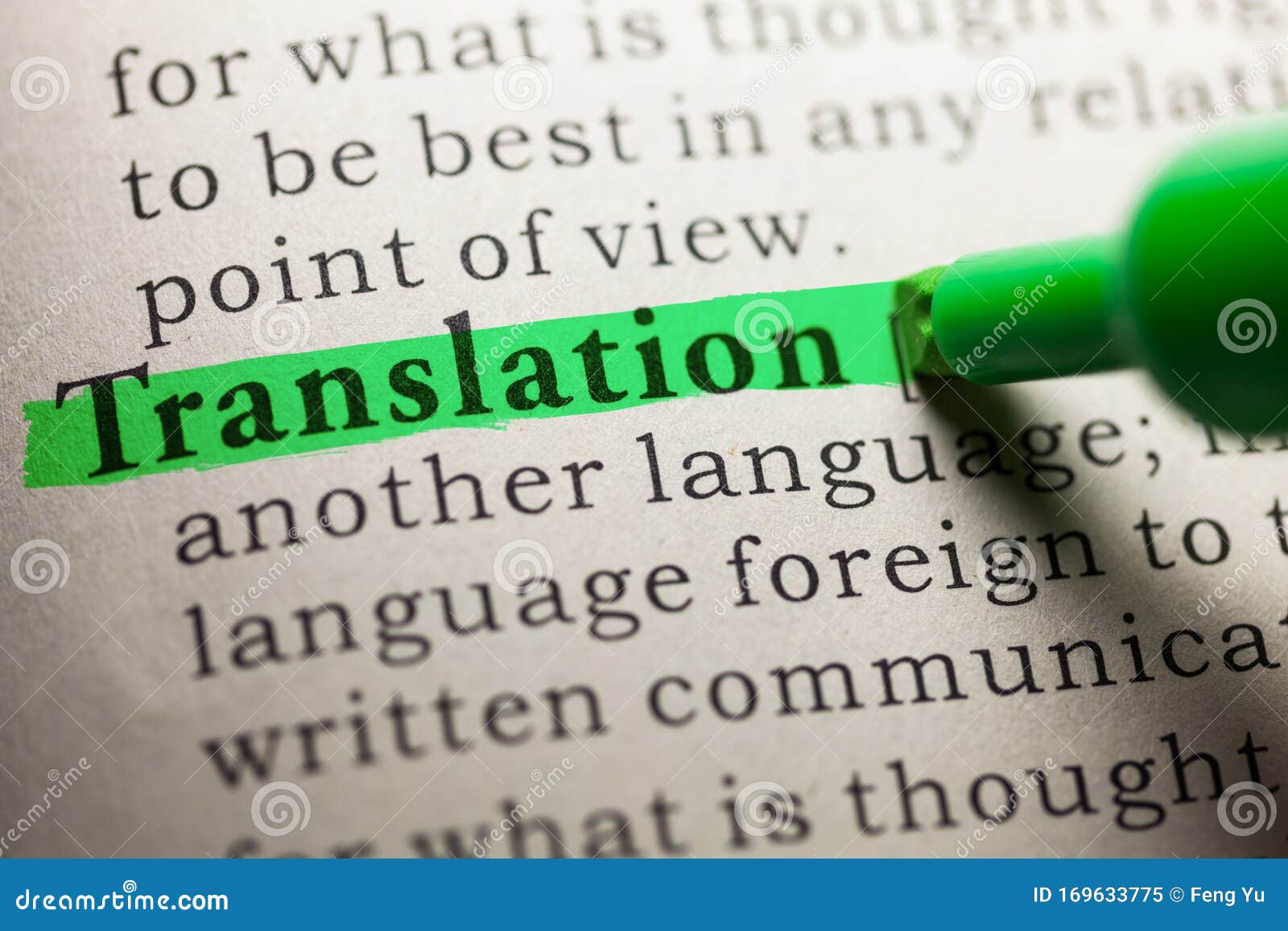
Strong’s dictionary was digitized ( PDF) in 1998 by unknown contributors.

By formatting the words in the dictionary and replicating the transliteration as it appears in the dictionary the Open Siddur Project could test the transliteration engine that will be used to transliterate Hebrew text with nikkud (vowels) to any other script (Latin, Cyrillic, Arabic, Amharic, etc.). Strong’s dictionary, prepared as a companion to his famous concordance, contains a complete list of Hebrew words that appear in the TaNaKh, transliterated with a consistent ruleset. But in order to provide these features, the dictionaries must be digitized and their contents encoded in a standard searchable format.

Both translations and transliterations are features we would like to provide for users of the Open Siddur application we are developing. Dictionaries also include transliterations. They are also useful features in online applications–and not only for their definitions. Marcus Jastrow’s Dictionary of the Targumim, Talmud Babli, Talmud Yerushalmi and Midrashic Literature (1903), Brown-Driver-Brigg’s Hebrew and English Lexicon of the Old Testament (1906), and James Strong’s Concise Dictionary of the Words in the Hebrew Bible with their Renderings (1890) are all standard reference works still used today.īut dictionaries are not only invaluable reference tools for scholarly research.
#Define transliteration free#
For example, care of aged parents is something that has come down to us traditionally and we must never neglect this duty by imbibing concepts of some free societies, wherein concern for one’s own parents is at low ebb.

Mere aping of the West is not beneficial for us. Our nation and its culture have a hoary past and we should all be proud of it.Jagadguru Sri Chandrashekhara Bharati Mahaswamigal on Significance of God If you pray with faith and devotion, the Lord will certainly listen to your earnest prayers.What need be said about the sin incurred by a man who actually engages in nit picking? Jagadguru Sri Adi Shankara Bhagavatpada on Prabodha Sudhakara A person who hears about the condemnation of another incurs sin.Bhagavan Sri Krishna on Significance of God Unborn, eternal, It undergoes no change whatsoever and is primeval It is not destroyed when the body is destroyed. The Self (Atma) is never born nor does It ever die neither does It cease to exist after having once existed nor does the Self come into existence, like the body, having not existed before.This can be achieved by choosing the script of yor choice on the right column of the page. Cross Script Transliterationįor the beneftit of devotees, we have implemented a simple vernacular transliteration scheme where in, those who cannot read the Devanagari script (Sanskrit), can choose their own mother tongue (currently limited to Kannada, Telugu, Tamil and Malayalam) or Latin (diacritics) and read the shlokas and other Sanskrit matter without much difficulty. Romanization encompasses several transliteration and transcription methods. In a broader sense, the word transliteration is used to include both transliteration in the narrow sense and transcription. Transliteration performs a mapping from one alphabet into another. In practice, there are also some mixed transliteration/transcription systems that transliterate a part of the original script and transcribe the rest.Īlso, transliteration should not be confused with translation, which involves a change in language while preserving meaning. If the relations between letters and sounds are similar in both languages, a transliteration may be (almost) the same as a transcription. Still, most systems of transliteration map the letters of the source script to letters pronounced similarly in the goal script, for some specific pair of source and goal language. Transliteration is opposed to transcription, which specifically maps the sounds of one language to the best matching script of another language. To achieve this objective, transliteration may define complex conventions for dealing with letters in a source script which do not correspond with letters in a goal script.

Transliteration attempts to use a one-to-one correspondence and be exact, so that an informed reader should be able to reconstruct the original spelling of unknown transliterated words. Transliteration is defined as ‘a transcription from one alphabet to another’.įrom an information-theoretical point of view, transliteration is a mapping from one system of writing into another, word by word, or ideally letter by letter.


 0 kommentar(er)
0 kommentar(er)
